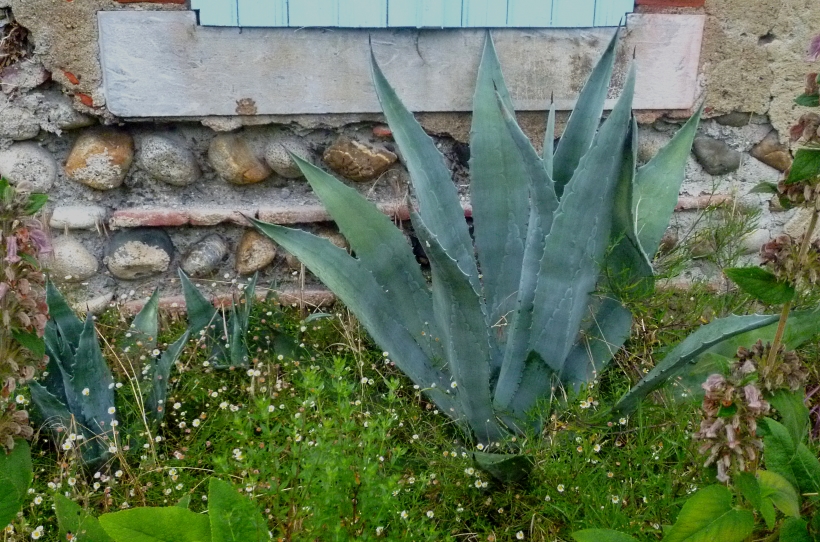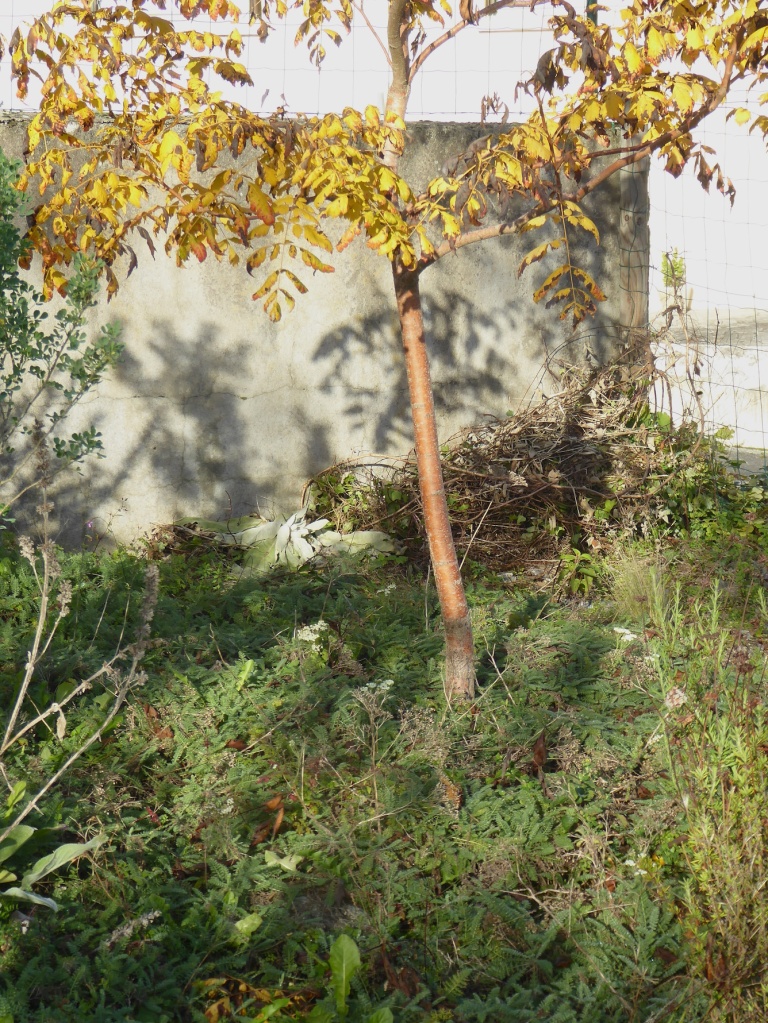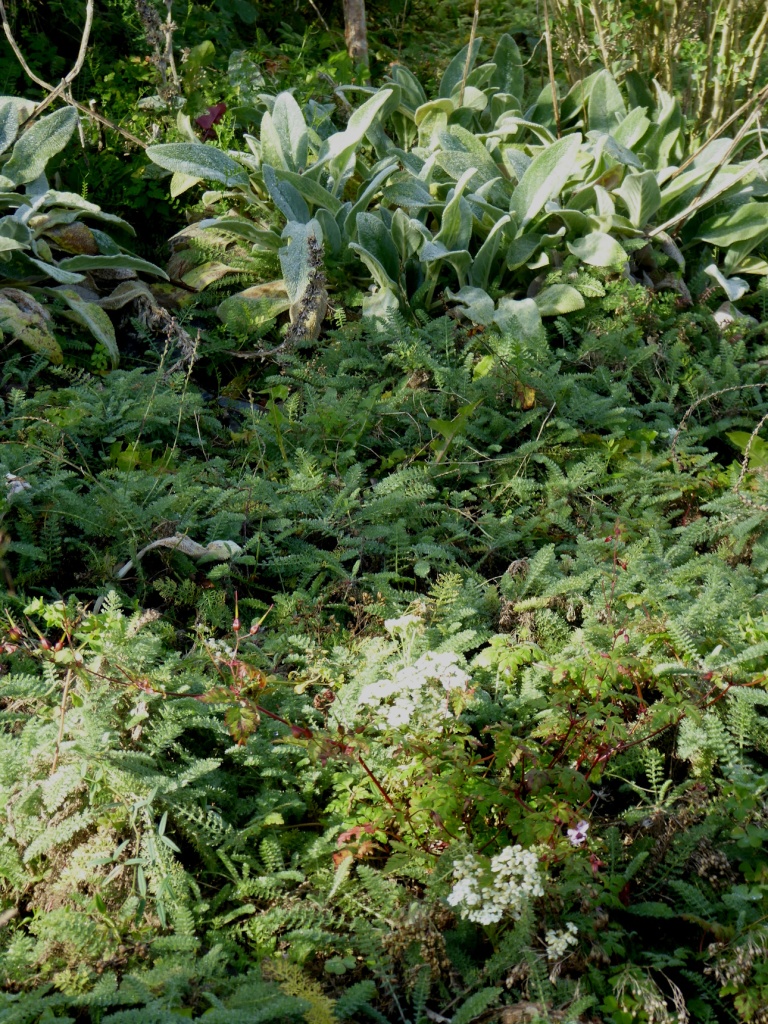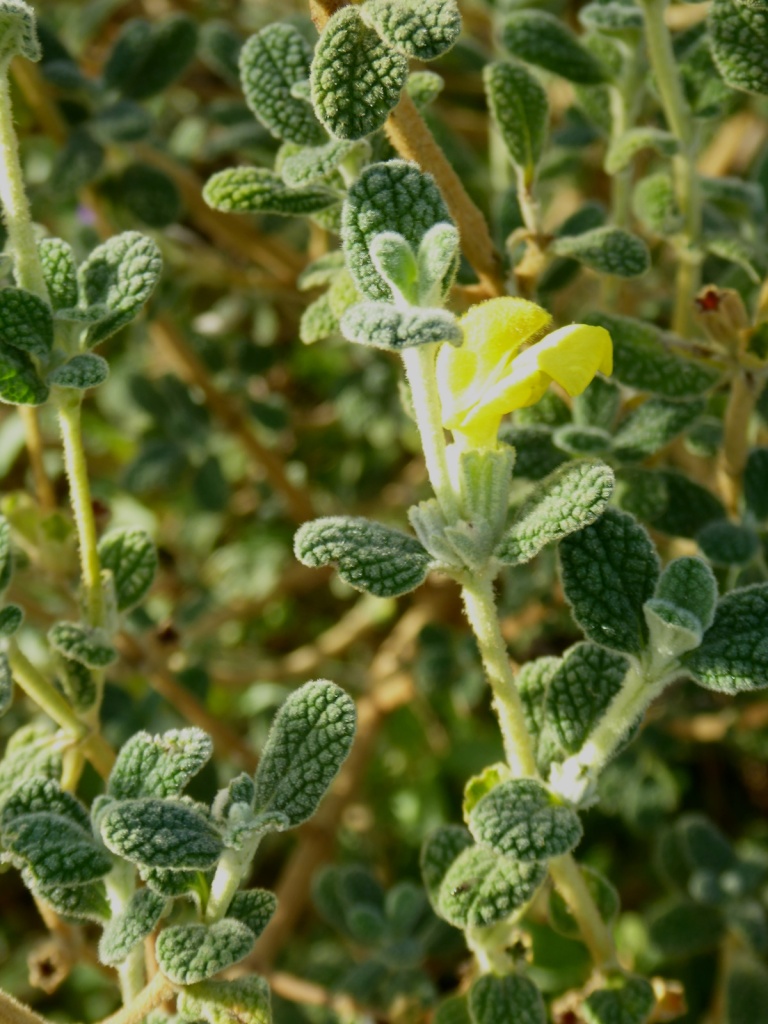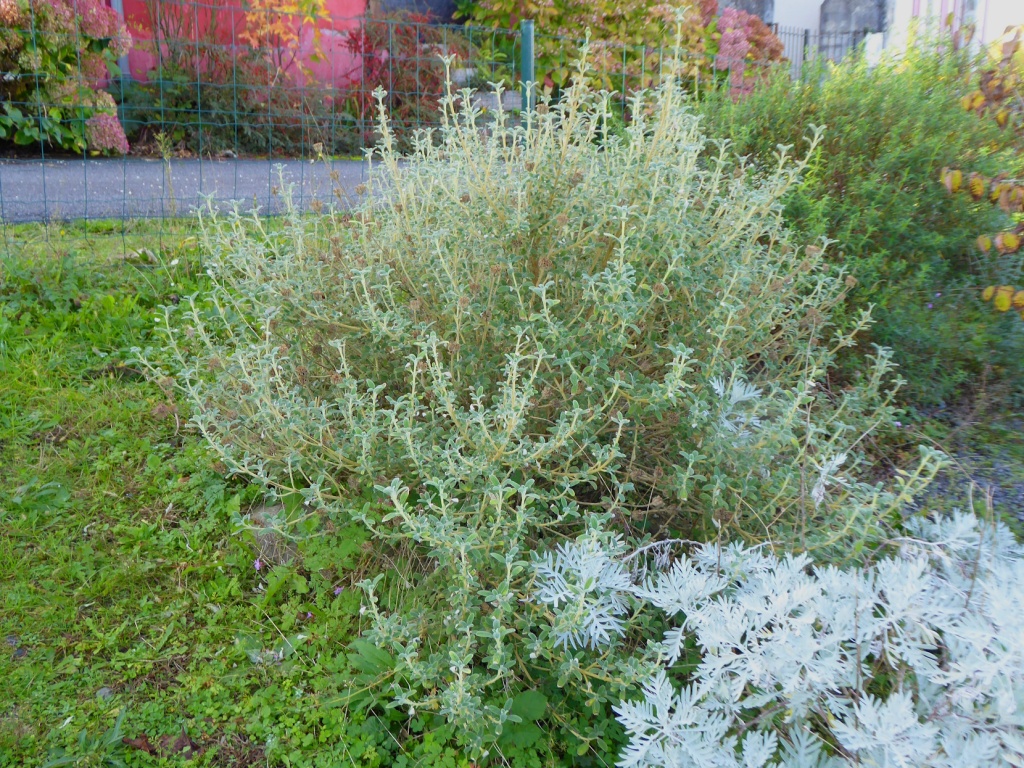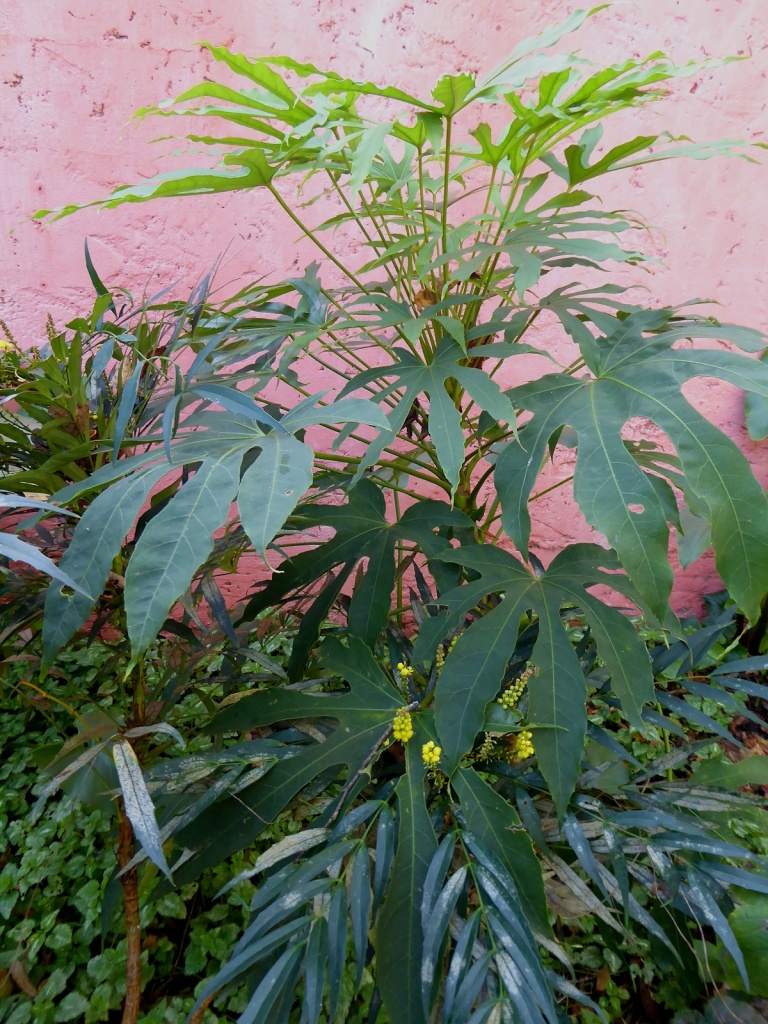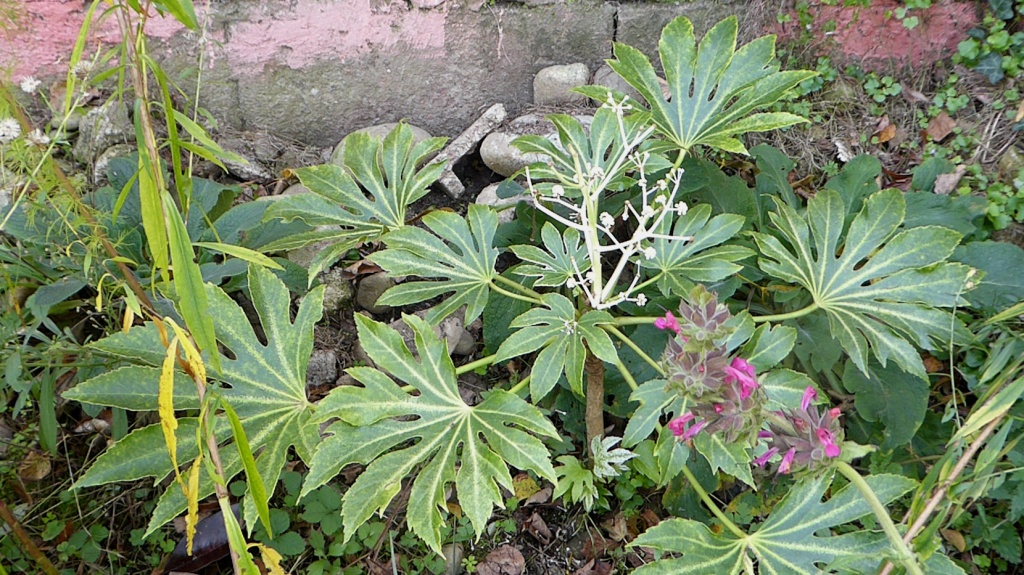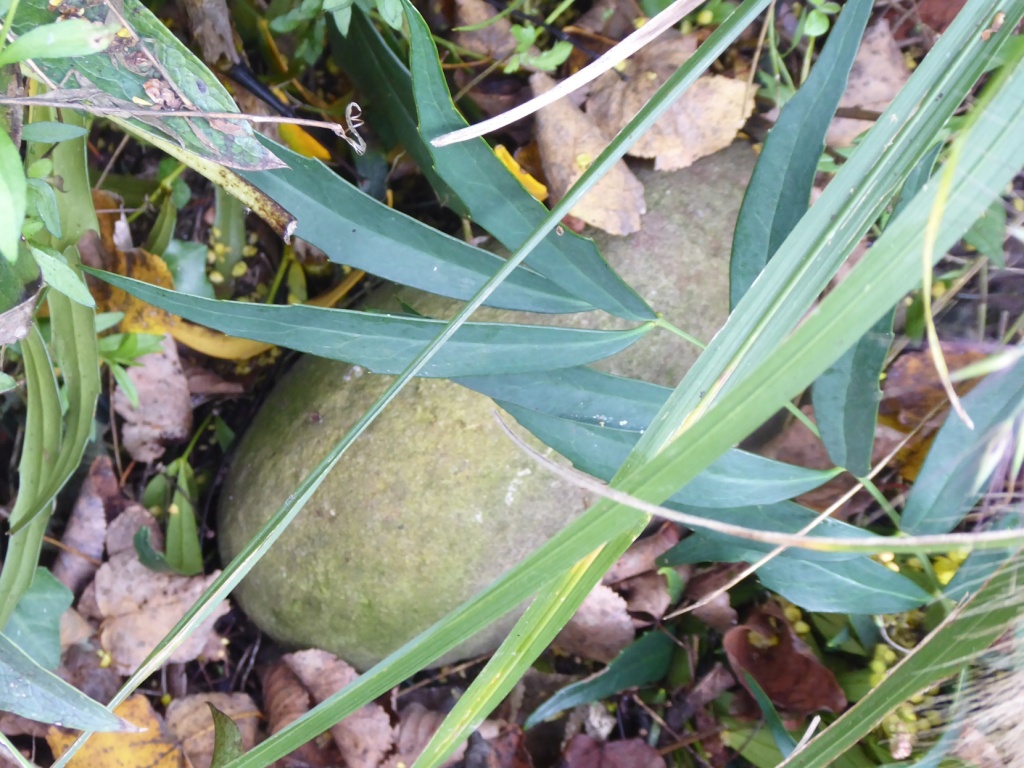
The rain has continued to pour down, bringing flooded fields and a good dollop of soft snow on the tops of the foothills of the Piedmont Pyrenees, which we can just see from the Barn Garden. But this week we have had a few breaks in the rain, and so those doughty plants that are bashing on with spring growth regardless have had a little cheer. Patience is the virtue most required for gardening, but it is essential in Spring. I don’t want to stamp around on soaked soil and compact the life out of it. But the patience part is hard to muster sometimes, I will be frank.
I first saw this Anemone x fulgens Multipetala growing in a big clump in front of a gate in Auriebat, a village a short way away from Tostat, where we used to live. It is a wonderful flaming red when in full flower and I had to dig deep to identify it, plainly an Anemone, but now quite a rare sight. This is one of those plants that was common in farmyards and vineyards in the Southern end of France, but has largely retreated as the countryside has been liberally dosed with pesticides in the last 50 years. So, eventually, I found some seriously pricey bulbs and planted them in a good place in the Tostat garden. They are not speedy growers, and once flowered, they go back underground in the summer, and remain invisible till the next spring. So, when we came to move in the Autumn of 2021 to Oloron Sainte Marie, I had to take a stab at trying to dig them up and bring them, whilst not slicing them in half. Net result, I dug up only about half of my clump. Never mind. I still have some.
The foliage has been emerging since Christmas, and a week ago, the shy flowerheads have started to lift themselves out of the soil. I have them in a pot in the courtyard, so I know where they are. There’s nothing much to see in the early stages, see photo 1, but all will be revealed…

The Barn Garden is waking up. I love this mix of plants. From the left, you can only just see the bare, but budding branches of Amelanchier alnifolia ‘Obelisk’. I bought these as 6″ weaklings about 10 years ago, and had them in tall cream pots at the back door in Tostat. ‘Obelisk’ is such a great plant, svelte, upright, and doesn’t grow too big for the smallest garden, has lovely bright green foliage, late Spring cream flowers, small dark fruits and autumn colour. I don’t usually get the autumn colour because of summer dryness, but that’s fine. My two plants have greatly appreciated being back in the ground since we moved, and are really liking the Barn Garden.
Next left is a Mahonia eurybracteata ssp. ganpinensis ‘Soft Caress’ and muscling in from behind, a bright green leaved Fatsia polycarpa ‘Green Fingers’. The Mahonias, two of them, came from the Tostat garden and had become a bit tortured in shape from the big conifer that they grew under. I rather like the contorted shape, and they are straightening up a bit now. This is a more elegant, delicate shape than other varieties of Mahonia, and is also not prickly. I am convinced that it’s botanical name has been changed as I could swear it was only half the length the last time I talked about it.
The Fatsia was a bit touch and go for the first couple of years, as the conditions in the Barn garden were not brilliant, but this past year it has begun to motor. Which just goes to show that not disturbing the ground too much, leaving leaves to lie over the winter, basically giving the process time, and also leaving little weeds to grow and then letting them decompose, is what helps soil to recover. That is a very good use of patience. You can see I have not yet got to pulling the little weed population, but they will be left where they are.
The dry grass that has kept such a good shape through the winter is Pennisteum ‘Black Beauty’, another plant that took time to settle in. But it is now settled, as I potted up a couple of babies in the Autumn for the first time. Tostat was too dry for Pennisetum, but it’s just fine here. Those flowerheads get darker and more striking as the plant matures. The short spikey plants in the foreground are Dianella tasmanica ‘Little Rev’. These have never flowered for me, but this could be due to the tree cover that leans over, reducing the sun reaching the plants. But I like them for their stiff spikiness anyway.
The heucheras are the last thing to mention- survivors of a vine weevil attack when in pots, they are a really great plant, though I admit not being a fan of some of the more outrageously coloured varieties being developed now. These, I think, are Heuchera ‘Caramel’ and I love the apricot tones of the foliage. I split them every now and then, and just poke them in where I have a gap as they are tough and very obliging. A workhorse plant that I used to be sniffy about.

I bought a tiny, dried up pot of Muehlenbeckia grandiflora or complexa a few years back, and just stuck it in a better pot. Two years later, and it was in a tall pot, beautifully tumbling with it’s twiggy, tangled growth and it seemed to love wherever it was put. Some sites say it needs sun, mine, just after it’s pruning last week, will soon be doing the tumbling thing and it is pretty much in semi-shade. It does lose leaves in the winter, but they are already popping back as you can see. I like the airy look of it next to the Aspidistra ‘Asahi’.

Here is the Anemone four days later, just beginning to paint itself with colour.

I love Cerinthe. I do like the blue, but I adore the yellow. Yellow is such a good spring colour. These were grown from seed last year and have self-seeded this year. So, I will need to grow some more for next year as they probably won’t make it back for a third year.

Last year, I went a bit mad and ending up buying two Salix gracilistyla melanostachys or ‘Kurome’. It was knd of a mistake, but having got myself into that, I bit the bullet and they are both in the shady corner of the courtyard in big pots. These may get very big so I am going to be doing salix pruning to keep them manageable. This is the first catkin, and I am very excited. I tought it would be blacker but on close examination, it is more of a dark cranberry colour with almost chocolate coloured fringing. Imagine that on a sizable shrub. Great Spring drama.

The cold has slowed the Anemone down, so it will be next week before we get full colour. Can you wait?
